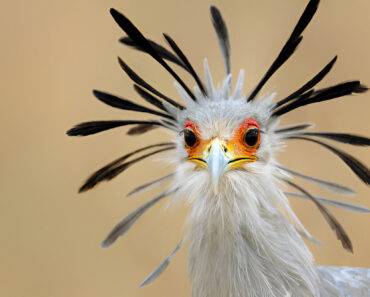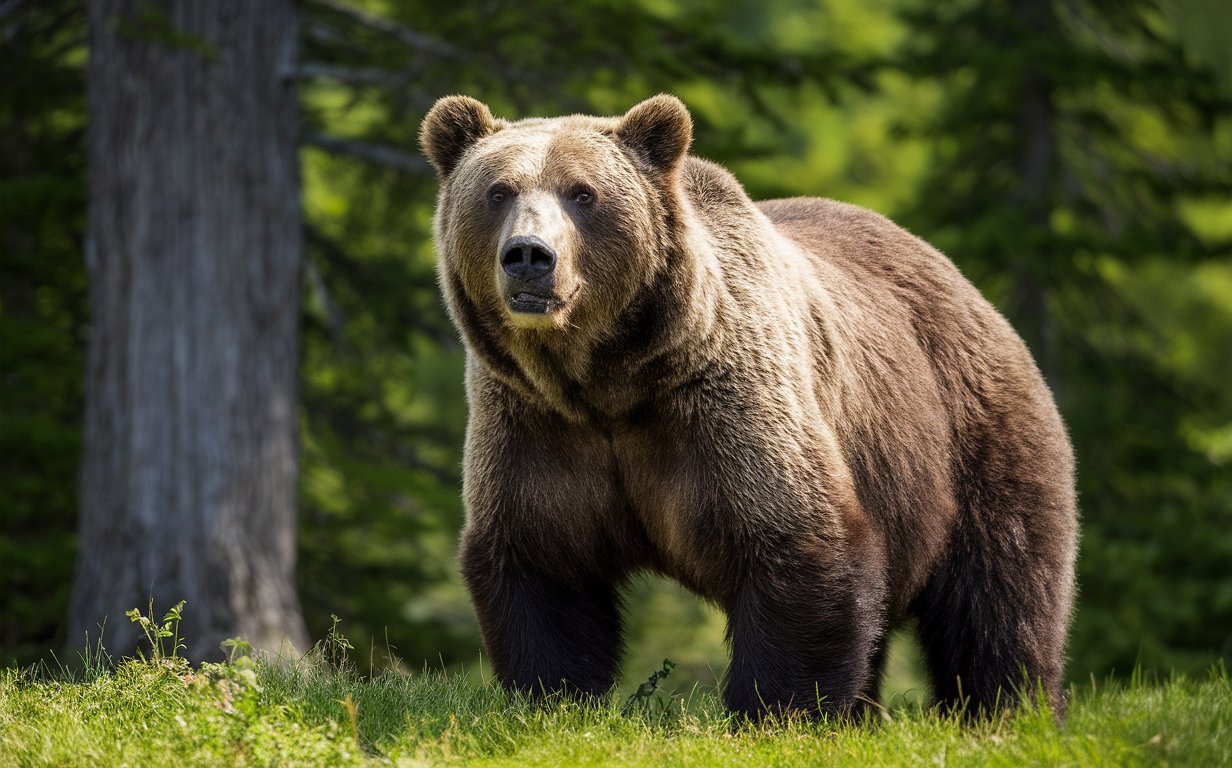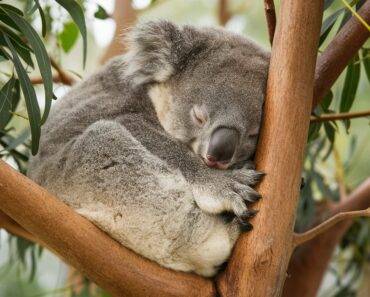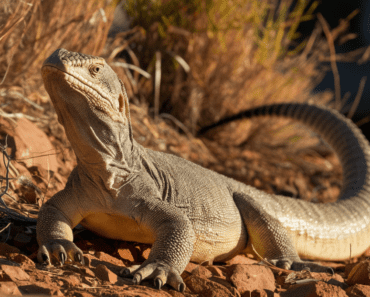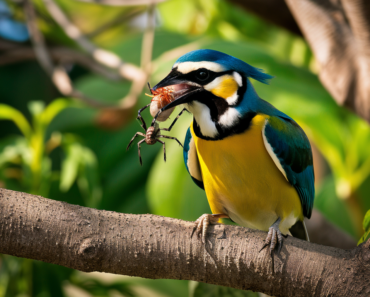Koalas, the iconic marsupials of Australia, have long fascinated people with their charming appearance and unique habits. One intriguing question often arises: does the koala have a tail? This article delves into the anatomy of the koala to answer this question and explore other fascinating aspects of this beloved animal.
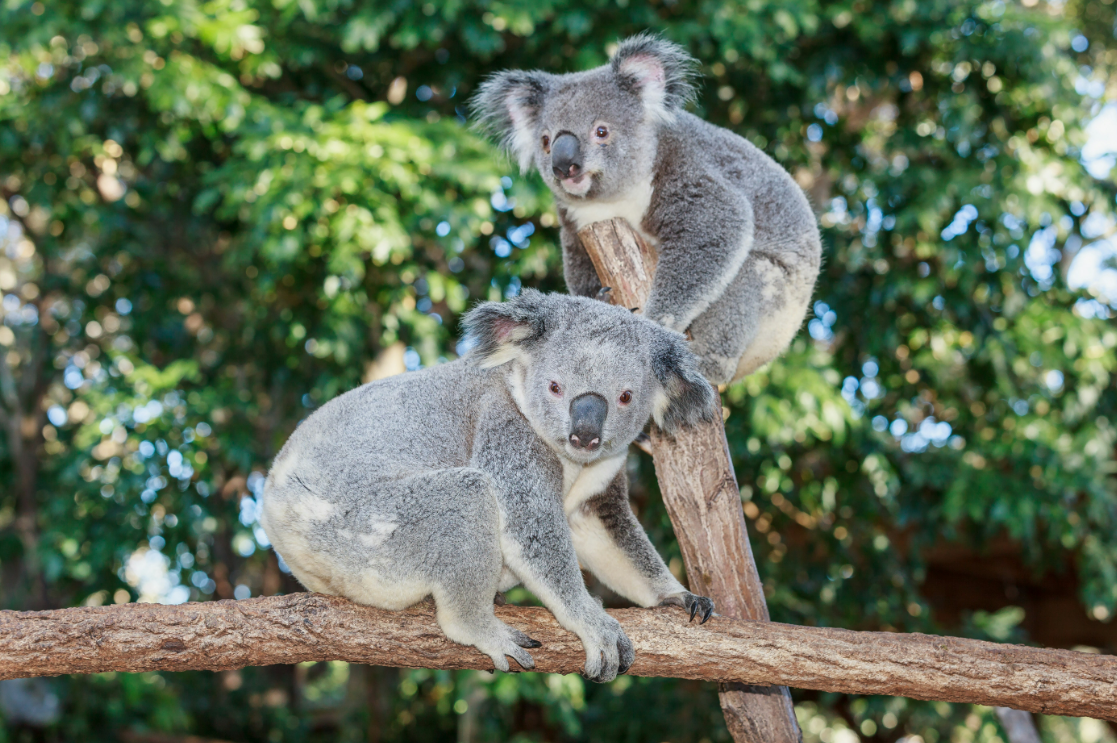
Does Koala Have a Tail? : Understanding Koala Anatomy
To address whether koalas have tails, it’s essential first to understand their anatomy. Koalas belong to the family Phascolarctidae and are scientifically known as Phascolarctos cinereus. These tree-dwelling creatures are well-adapted to their arboreal lifestyle, with several distinctive features.
Koalas have strong limbs equipped with sharp claws, which enable them to climb and grip tree trunks effectively. Their thick, woolly fur provides insulation against temperature extremes, and their large, sensitive noses help them locate eucalyptus leaves, their primary food source. But what about their tails?
The Evolution of the Koala’s Tail
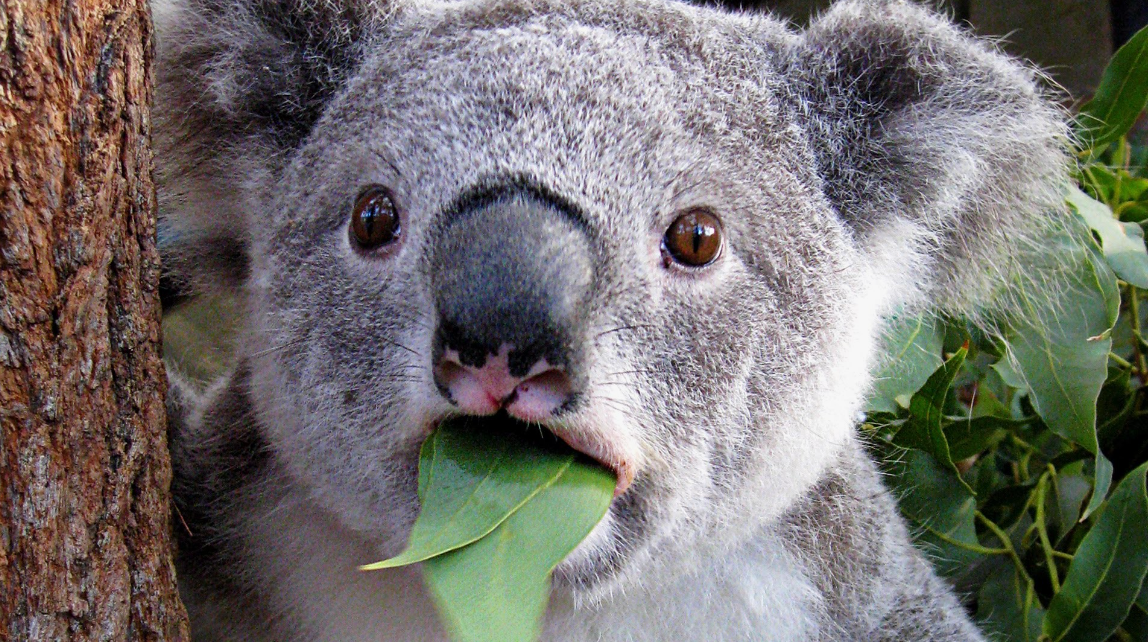
Koalas do possess a tail, but it is not what you might expect. Unlike many other mammals with long, visible tails, the koala’s tail is vestigial. This means it is a small, underdeveloped remnant of what once was a more pronounced feature in their evolutionary ancestors. Over time, as koalas adapted to their tree-dwelling lifestyle, their tails became less functional and gradually reduced in size.
The vestigial tail of a koala is short and stubby, almost entirely hidden beneath their fur. It is composed of a few small vertebrae and does not serve any significant purpose in their current way of life. Instead, koalas rely on their strong limbs and opposable digits for balance and movement within the trees.
Why Do Koalas Have a Vestigial Tail?
The presence of a vestigial tail in koalas can be attributed to their evolutionary history. Ancestors of modern koalas likely had more developed tails that aided in balance and mobility. However, as these ancestors transitioned to a more arboreal lifestyle, their reliance on tails diminished. Climbing and clinging to tree trunks required more strength in their limbs and claws, leading to the reduced significance of the tail.
Over generations, natural selection favored individuals with stronger limbs and less reliance on tails. As a result, the tail gradually became smaller and less functional, culminating in the vestigial tail observed in today’s koalas. This evolutionary process showcases the adaptability of species in response to changing environmental demands.
Comparing Koalas to Other Marsupials
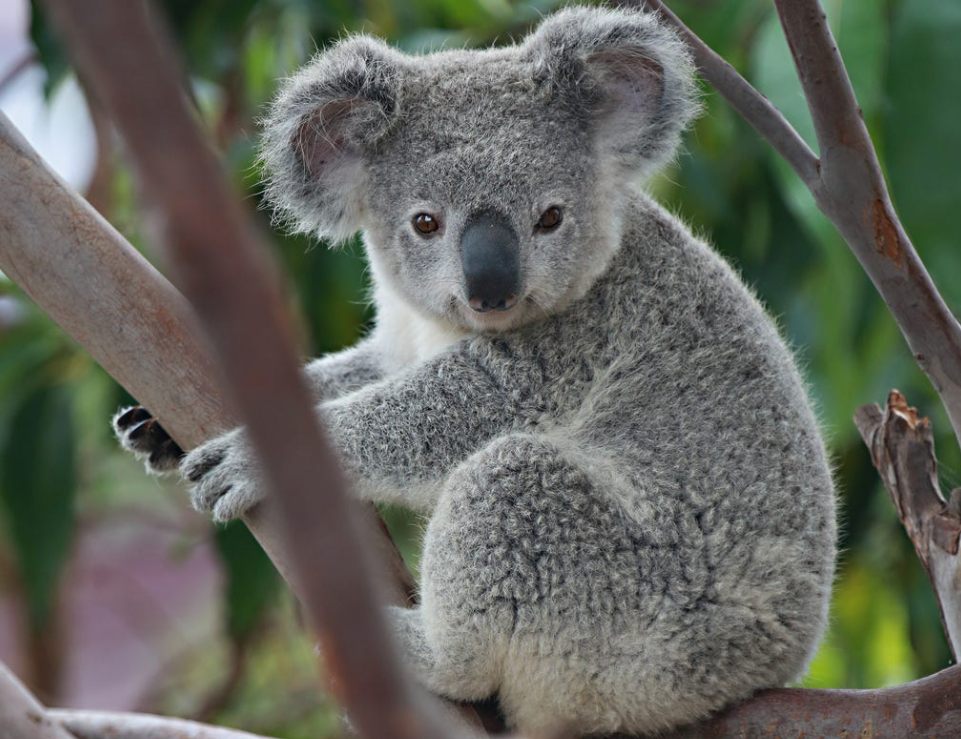
To further understand the koala’s tail, it’s helpful to compare them to other marsupials. Many marsupials, such as kangaroos and wallabies, have well-developed tails that play crucial roles in their movement and balance. Kangaroos, for example, use their long, powerful tails for balance when hopping and as support when sitting upright.
In contrast, koalas’ arboreal nature negates the need for such tails. Their primary mode of movement involves climbing and gripping tree branches, activities that rely more on their limbs than their tails. This difference in tail development highlights the diversity within the marsupial family and how various species have adapted to their unique ecological niches.
Koalas in Their Natural Habitat
Understanding the role of the koala’s tail, or lack thereof, provides insight into their behavior and lifestyle. Koalas spend most of their lives in eucalyptus trees, where they find both food and shelter. They are known for their sedentary nature, sleeping up to 18-20 hours a day to conserve energy due to their low-calorie diet of eucalyptus leaves.
The lack of a functional tail does not hinder the koala’s ability to thrive in this environment. Their limbs and claws are perfectly adapted for climbing and gripping, allowing them to move effortlessly among the branches. The koala’s tail, while reduced, serves as a testament to their evolutionary journey and specialization in tree-dwelling.
The Importance of Eucalyptus Trees
Eucalyptus trees are central to the koala’s existence. Not only do they provide food, but they also offer protection from predators and the elements. Koalas have a highly specialized diet, feeding almost exclusively on eucalyptus leaves. These leaves contain toxins that most animals cannot tolerate, but koalas have evolved to detoxify these compounds through their liver.
The relationship between koalas and eucalyptus trees is a prime example of co-evolution, where two species evolve in response to each other’s presence. Koalas have become so dependent on eucalyptus trees that their distribution is closely linked to the availability of these trees in their habitat.
Conservation Efforts for Koalas
Despite their adaptations, koalas face numerous threats in the wild. Habitat loss due to deforestation, urbanization, and climate change poses significant challenges to their survival. The destruction of eucalyptus forests not only reduces their food supply but also fragments their habitat, making it harder for koalas to find mates and reproduce.
Conservation efforts are crucial to ensuring the survival of koalas. Various organizations are working to protect and restore eucalyptus forests, implement safe corridors for koalas to travel between habitats, and raise awareness about the importance of preserving these iconic animals. Public support and involvement in conservation initiatives play a vital role in safeguarding the future of koalas.
FAQs
Does the koala have a visible tail?
No, koalas have a vestigial tail that is not visible. It is small, stubby, and hidden beneath their fur.
Why do koalas have a vestigial tail?
Koalas have a vestigial tail due to their evolutionary history. As they adapted to an arboreal lifestyle, the tail became less functional and gradually reduced in size.
How do koalas balance without a functional tail?
Koalas rely on their strong limbs and sharp claws to climb and grip tree branches, which compensates for the lack of a functional tail.
Do all marsupials have tails?
Not all marsupials have tails that are equally developed. Some, like kangaroos, have well-developed tails, while others, like koalas, have vestigial tails.
What is the primary diet of koalas?
Koalas primarily feed on eucalyptus leaves, which provide both their food and water needs.
What threats do koalas face in the wild?
Koalas face threats from habitat loss, deforestation, urbanization, and climate change, which impact their food supply and habitat availability.
Conclusion
The question of whether koalas have tails leads to a fascinating exploration of their anatomy and evolutionary history. While koalas do have tails, they are vestigial and do not serve a significant function in their current lifestyle. Instead, koalas have evolved strong limbs and claws to navigate their arboreal habitat efficiently. Understanding the intricacies of koala anatomy and their reliance on eucalyptus trees provides valuable insights into their behavior and the challenges they face. Conservation efforts are essential to protect these beloved marsupials and ensure their continued presence in the wild.
Suggested Internal Links
Koala Conservation Efforts Koala Habitat and Diet
Suggested Outbound Links
Koala Conservation Australia World Wildlife Fund: Koala
